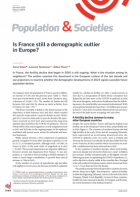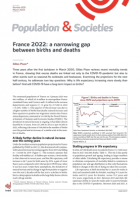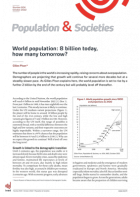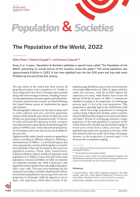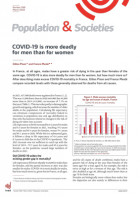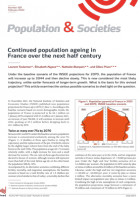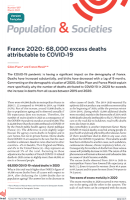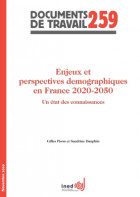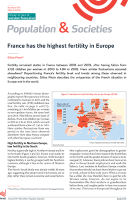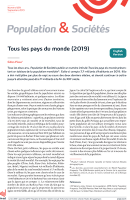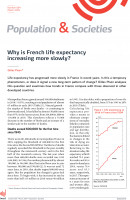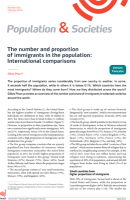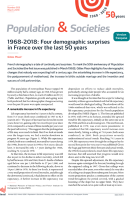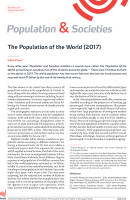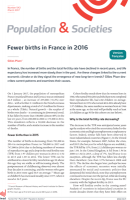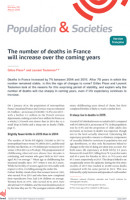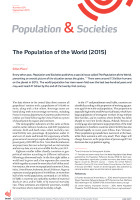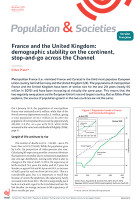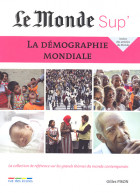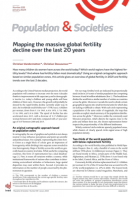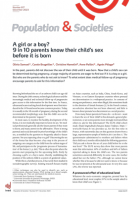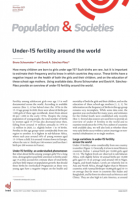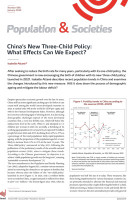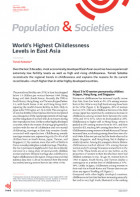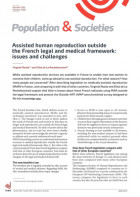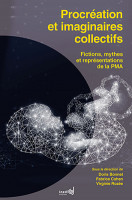
Is the twin-boom in developed countries coming to an end?
Collection : Documents de travail
n° 216, 2014, 30 pages
The twinning rate has increased dramatically over the last four decades in developed countries. Two main factors drive this increase: delayed childbearing, as older women tend to have twins more frequently, and the expansion of assisted reproductive technology (ART), which carries an increased risk of multiple births. We document the twin boom in developed countries with data from civil registration systems. We estimate the share of the increase in twinning rates due to the increase of the age at childbearing and, by implication, the share due to other causes, mainly infertility treatments. A major aim of the paper is to find out whether the twin boom is coming to an end. Negative health outcomes associated with multiple deliveries have – at least in some countries – led to changes in ART regulations and practices, which may or may not have influenced the upward trend. We find that in one out of four developed countries the twinning rate reached a plateau around the early 2000s and decreased afterwards. We examine the reasons for this reversal, in particular changes in ART policies and practices.


